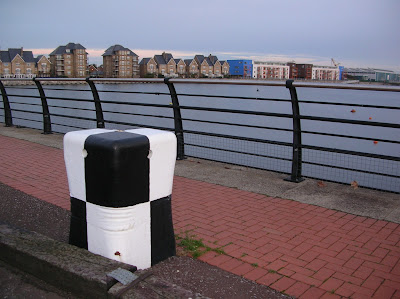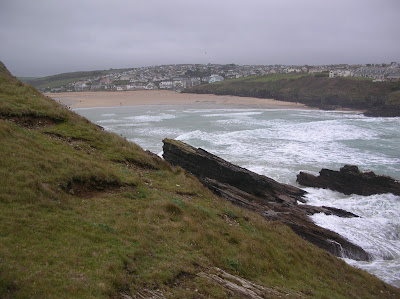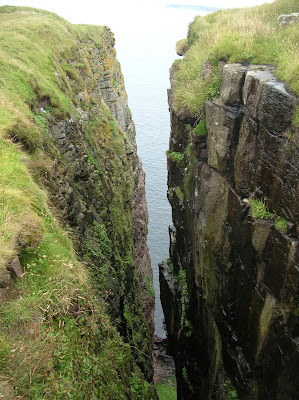The Romans constructed a road to the island and operated a ferry from Finsborough Ness to the Hoo Peninsula. The ferry survived until the late 19th century.
In 1667 during the 2nd Anglo Dutch War, in order to protect against an attack by the Dutch Navy, old ships were sunk across St Mary's Creek and between the island and Upnor on the other side of the River Medway. However the Dutch Navy under Admiral de Ruyter avoided the sunken ships, broke through a chain, which had been stretched across the Medway, destroyed 13 vessels and towed 2 away.
From the Napoleonic Wars to the end of Queen Victoria's reign the River Medway alongside the island was used to accommodate hulks - decommissioned naval ships, which housed criminals and prisoners of war. Convict labour was used to dig out St Mary's Creek to create 3 basins. These were completed in the 1870s and were used by the Royal Navy until 1984.
In the mid 1990s there was a competition to create a masterplan for the regeneration of St Mary's Island. English Partnerships chose the submission made by Countryside Properties. 150 acres of the island has been developed as housing by Countryside Maritime - a partnership between the South East England Development Agency and Countryside Properties. The island had to be decontaminated before the houses were built. I think that might worry me a bit too if I lived there.
It took 3 years to remove 1.2 million cubic metres of soil from the site and replace it with uncontaminated soil. I wonder what they did with all the contaminated soil?
St Mary's Primary School and Church
There is also a Community Centre and a doctor's surgery on the island and several purpose built play areas.
There is also a Community Centre and a doctor's surgery on the island and several purpose built play areas.
Typical St Mary's housing
Looking towards Kingsnorth Power Station
Slipway and sculpture at Finsborough Ness
The Mariners Sculpture, Finsborough Ness
Lots of lovely oozy mud at low tide!
Flats on St Mary's Island
 |
| Looking towards St Mary's Island from Chatham |

























































